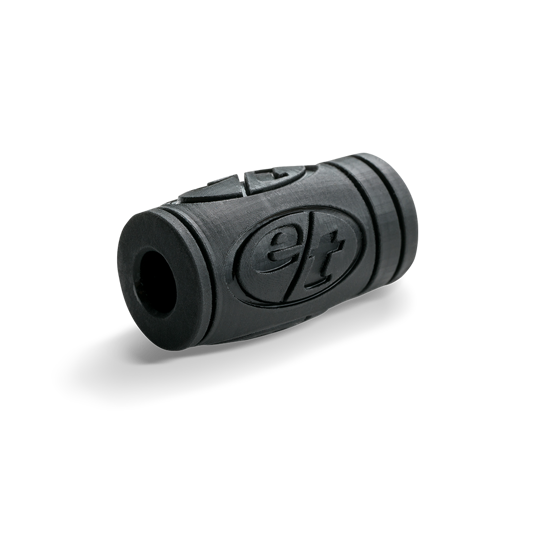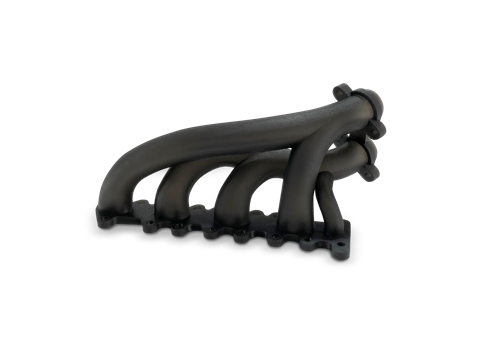Additive Manufacturing
The latest innovations in 3D Printing technology meet additive manufacturing to achieve extensive design freedom: leveraging the characteristics of both materials and different technologies, we achieve fast, reliable, and creative results that pave new ways in rapid prototyping and manufacturing
Rapid prototyping
Rapid prototyping through 3D printing is an innovative method that utilises various 3D printing technologies to create physical prototypes in a quick, precise, and customised manner, thus facilitating the product development process and a more accurate assessment of its characteristics and functions.
Through 3D printing a virtual design can be rapidly translated into a physical model using different materials such as plastic, metal, or ceramic, depending on the printer capabilities.
This accelerates the product development process, while saving production times and costs associated with traditional prototype creation. Moreover, it offers greater flexibility when it comes to customising a design and enables rapid and efficient modifications.
Rapid prototyping also offers the chance to test designs, assess product ergonomics, verify functions, and spot problems and identify the need for any necessary improvements.

Metal replacement
Metal replacement refers to replacing expensive, long-processing metal parts using 3D printing. It involves using composite materials or polymers to make components that would be traditionally made of metal.
Replacing metal with materials featuring similar mechanical properties and strength cuts down costs associated with traditional metalworking methods, such as milling, turning, or casting, which require specialised machinery and labour-intensive processes, thereby reducing lead times.
Unlike metal, polymers and composite materials can be used to make of complex and customised geometries that are difficult to achieve if traditional methods are applied. This offers greater design flexibility and part optimisation according to specific application requirements.













3D Design
Software we use

Blacksmith
Blacksmith 3D printing control software is designed to create a continuous feedback loop to improve the accuracy of parts made through additive printing technology. This system analyses a three-dimensional design, compares it with a scan of the part made, and automatically adjusts the end-to-end production process to ensure that extremely precise parts are created.
This results in higher part quality and reduced waste.

Materialize Magic
The software prepares CAD files for 3D printing and offers tools to optimise geometry, correct errors and repair damage files, remove unwanted parts, and generate printing supports.
This helps ensure a better print quality and a more efficient production process.
Therefore, this software optimises the making of 3D parts, and ensures greater precision while reducing print times.

Eiger
Eiger is a comprehensive and versatile software for 3D printing design, and offers a smooth transition from CAD design to printed parts. It offers advanced features such as designing parts with continuous fibre reinforcement, static analysis using integrated FEM solvers, and generating dimensional reports with references to dimensional and geometric tolerances. It is an essential tool for engineers and designers who aim at high-quality results and optimising the performance of their products.